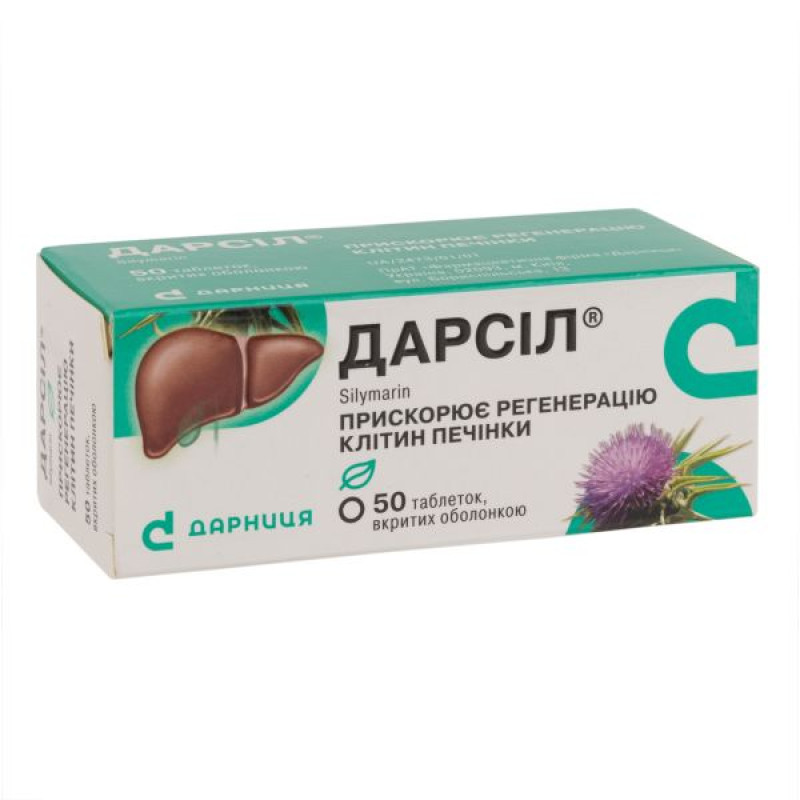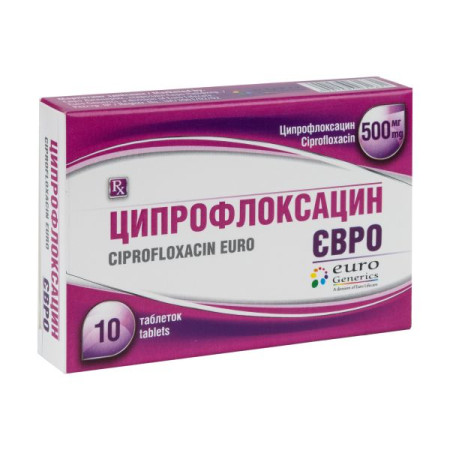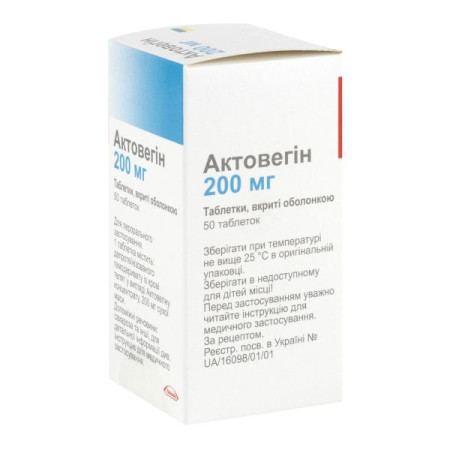Darsil film-coated tablets 22.5 mg No. 50

Instructions for Darsil film-coated tablets 22.5 mg No. 50
Composition
active ingredient: silymarin;
1 tablet contains silymarin, determined as silibinin (calculated on 100% dry matter) 22.5 mg;
Excipients: potato starch, lactose monohydrate, calcium stearate, crystalline sugar, light magnesium carbonate, povidone (low molecular weight medical polyvinylpyrrolidone), titanium dioxide (E 171), colloidal anhydrous silicon dioxide, sunset yellow FCF (E 110), carnauba wax.
Dosage form
Film-coated tablets.
Main physicochemical properties: film-coated tablets, from light orange with a yellow tint to dark orange, round in shape, with a biconvex surface. White inclusions are allowed on the surface of the tablets.
Pharmacotherapeutic group
Drugs used in liver diseases, lipotropic substances. Hepatotropic drugs. Silymarin. ATX code A05B A03.
Pharmacological properties
Pharmacodynamics
The active ingredient of the drug is silymarin, obtained from the extract of the fruits of the milk thistle plant (Silybum marianum).
Bioactive components of silymarin neutralize free radicals in the liver, prevent the destruction of cellular structures, in particular, stabilize hepatocyte membranes. Specifically stimulate RNA polymerase and activate the synthesis of structural and functional proteins and phospholipids in damaged hepatocytes. Prevent the release of intracellular components (transaminases) and accelerate the regeneration of liver cells. Inhibit the penetration of certain poisons into hepatocytes, in particular poisons of the pale toadstool mushroom. Significantly reduce the activity of lipid peroxidation in hepatocyte membranes, thus contributing to their strengthening.
Improves the general condition of patients with liver disease, reduces subjective sensations (weakness, feeling of heaviness in the right hypochondrium). Promotes normalization of biochemical indicators of the functional state of the liver (activity of transaminases, γ-glutamyltransferase, alkaline phosphatase, bilirubin level).
Pharmacokinetics
After oral administration, silymarin is slowly and incompletely absorbed from the digestive tract. It practically does not bind to blood plasma proteins. It is metabolized in the liver by conjugation to form sulfates and glucuronides. It is excreted from the body mainly with bile. In the small intestine it is reabsorbed into the systemic bloodstream, as a result of which it undergoes multiple, gradually decaying enterohepatic circulation. The half-life (T1/2) is 6 hours. It practically does not accumulate in the body.
Indication
Toxic liver damage: for supportive treatment of patients with chronic inflammatory liver disease or cirrhosis.
Contraindication
Hypersensitivity to the active substance or to other components of the drug. Acute poisoning of various etiologies.
Interaction with other medicinal products and other types of interactions
When using silymarin simultaneously with other drugs, the following interactions are possible:
with oral contraceptives, drugs used in estrogen replacement therapy - reduced effectiveness of the latter;
with antiallergic drugs (fexofenadine); anticoagulants (clopidogrel, warfarin), antipsychotic drugs (alprozolam, diazepam, lorazepam), hypocholesterolemic drugs (lovastatin), some drugs for the treatment of cancer (vinblastine), antifungal drugs (ketoconazole) - increased effectiveness of the latter (due to inhibition of the cytochrome P450 system by silymarin).
Herbal products containing silymarin are widely used as hepatoprotectors in oncology practice simultaneously with cytostatics. Clinical studies show a low risk of possible pharmacokinetic interactions between silymarin, as an inhibitor of the CYP3A4 and UGT1A1 isoenzymes, and cytostatics, which are substrates of these enzymes.
Application features
Treatment with the drug for liver diseases will be effective if you follow a diet.
If jaundice develops, you should consult a doctor to adjust your therapy.
The drug should be used with caution in patients with hormonal disorders (endometriosis, uterine fibroids, breast, ovarian and uterine carcinoma, prostate carcinoma) due to the possible estrogen-like effect of silymarin. In such cases, patients should consult a doctor.
The drug contains crystalline sugar, which should be taken into account by patients with diabetes.
It is necessary to refrain from drinking alcohol during treatment with the drug.
The drug contains lactose, therefore patients with rare hereditary problems of galactose intolerance, the Lapp lactase deficiency or glucose-galactose malabsorption should not use the drug.
Use during pregnancy or breastfeeding
Due to the lack of data on safety and efficacy, the drug should not be used during pregnancy or breastfeeding.
Ability to influence reaction speed when driving vehicles or other mechanisms
The drug does not affect the reaction speed when driving or using other mechanisms, however, in case of any vestibular disorders, you should refrain from driving or using other mechanisms.
Method of administration and doses
Darsil® tablets should be taken orally after meals, without chewing, with sufficient liquid.
Adults and children over 12 years of age: in mild and moderate cases, the drug should be used at a dose of 1-2 tablets 3 times a day; in severe forms of the disease, the dose can be doubled to 2-4 tablets 3 times a day.
The duration of the treatment course is determined by the doctor individually depending on the nature and course of the disease. The average duration of treatment is 3 months.
Children
The drug is not recommended for use in children under 12 years of age.
Overdose
No cases of drug overdose were observed.
In case of accidental ingestion of a high dose of the drug, vomiting should be induced, the stomach should be washed, activated charcoal should be taken, and if necessary, symptomatic treatment prescribed by a doctor should be applied.
Adverse reactions
The drug is well tolerated. Rarely, in isolated cases and with individual hypersensitivity, the following side effects may occur.
From the nervous system: headache.
Hearing and labyrinth disorders: exacerbation of existing vestibular disorders.
On the part of the digestive tract: indigestion, decreased appetite, dyspepsia, heartburn, bloating, flatulence, anorexia, nausea, vomiting, diarrhea.
Respiratory, thoracic and mediastinal disorders: dyspnea.
Musculoskeletal system: arthralgia.
From the urinary system: increased diuresis.
Immune system, thoracic and mediastinal disorders: hypersensitivity reactions, including rash, anaphylactic shock, pruritus, alopecia.
Adverse reactions that occur when using the drug are transient and disappear after its discontinuation.
Expiration date
2 years.
Storage conditions
Store in the original packaging at a temperature not exceeding 25 °C.
Keep out of reach of children.
Packaging
10 tablets in a contour blister pack; 3, 5 or 10 contour blister packs in a pack.
Vacation category
Without a prescription.
Producer
PrJSC "Pharmaceutical Company "Darnitsa".
Location of the manufacturer and its business address
Ukraine, 02093, Kyiv, Boryspilska St., 13.
There are no reviews for this product.
There are no reviews for this product, be the first to leave your review.
No questions about this product, be the first and ask your question.










